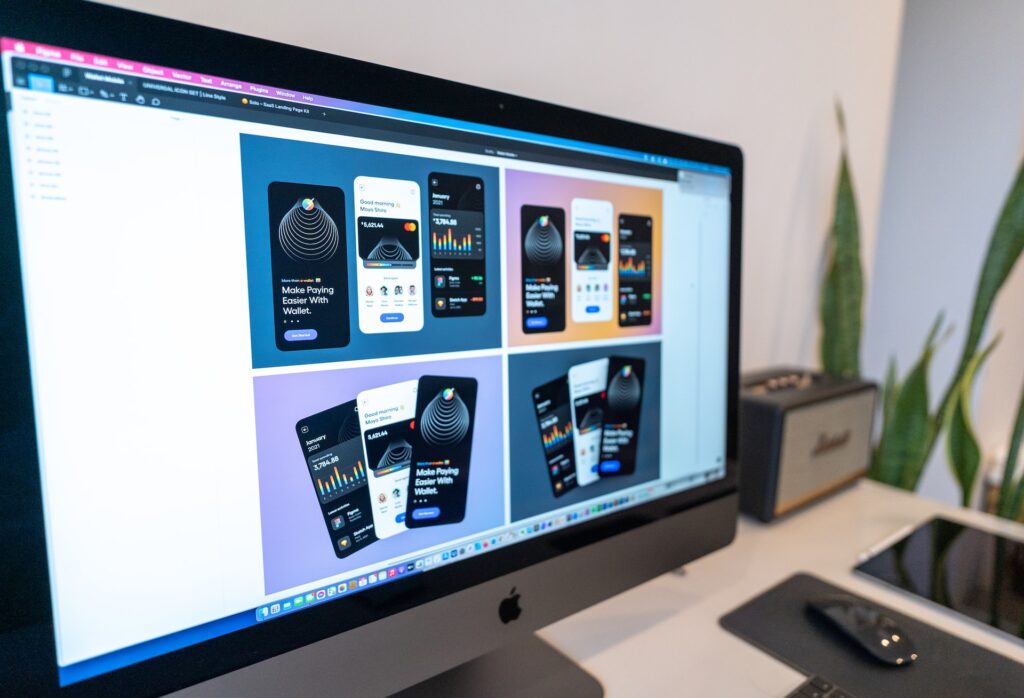Bringing UX to Life with Parallax
The concept of parallax is scientifically fascinating. Used as a point of reference to align oneself when observing more distant objects, parallax was built from the multiplane camera technique and has been used in classic animation since the 1930s. Since it builds dimension and makes the user experience seem almost 3-D, websites have heartily embraced the effect, including it in design and creating an interactive user experience.
Creating dimension through a layering effect enhances the illusion of depth and draws viewers’ attention. Allowing for the creation of a charismatic, interactive user experience with the potential to improve overall visual appeal, this method has blasted the web design industry forward. Parallax displaces the apparent positions of objects viewed along two different lines of sight – put simply, it is the way that we obtain depth from what we perceive and align ourselves. The scrolling effects allow the user to consume content more easily, significantly reducing the number of clicks needed – including all content on a single page leads the user through the website according to the designer’s intent.

Allow me to digress momentarily to a brilliant concept known as “wiggle stereoscopy,” – defined as computer graphics that provide cues to the human brain through viewpoint-shifting animation rather than through binocular vision (as if parallax wasn’t cool enough!). This technique offers a few advantages: most individuals will be able to grasp the effect more quickly than when using other methods (cross-eyed or parallel viewing) – it also grants accessibility to people who have limited vision or no vision in one eye. Since web accessibility has become a high priority within website design, companies have begun employing this tactic to improve the user experience fully.
The wiggling is effective for the same reason that a tracking shot (in the film) provides the viewer with great-depth information; the visual cortex, the part of the brain responsible for processing visual information, is able to infer distance information from the motion parallax (the speed of the perceived motion of different objects on the screen). What does this mean for the user? Bringing information and images to life.
Skeptical users are concerned on its impact on SEO because of the minimized amount of pages and the very nature of the site makes it difficult to amp up keywords and create links, possibly causing slower loading times. Therefore, when using this method, organizations are encouraged to avoid heavy loads of content which can lengthen load times and can be incompatible with certain design frameworks. When properly implemented, parallax takes a narrative approach to guide visitors through the site, encouraging users to scroll through the entire page and provoking curiosity. The best thing since sliced bread.
Next Item
Your Best Project Process (So Far)

Related Articles
Navigating the Design of Input Controls in UI
January 6, 2024
UI Signifiers in Website Design
January 5, 2024


